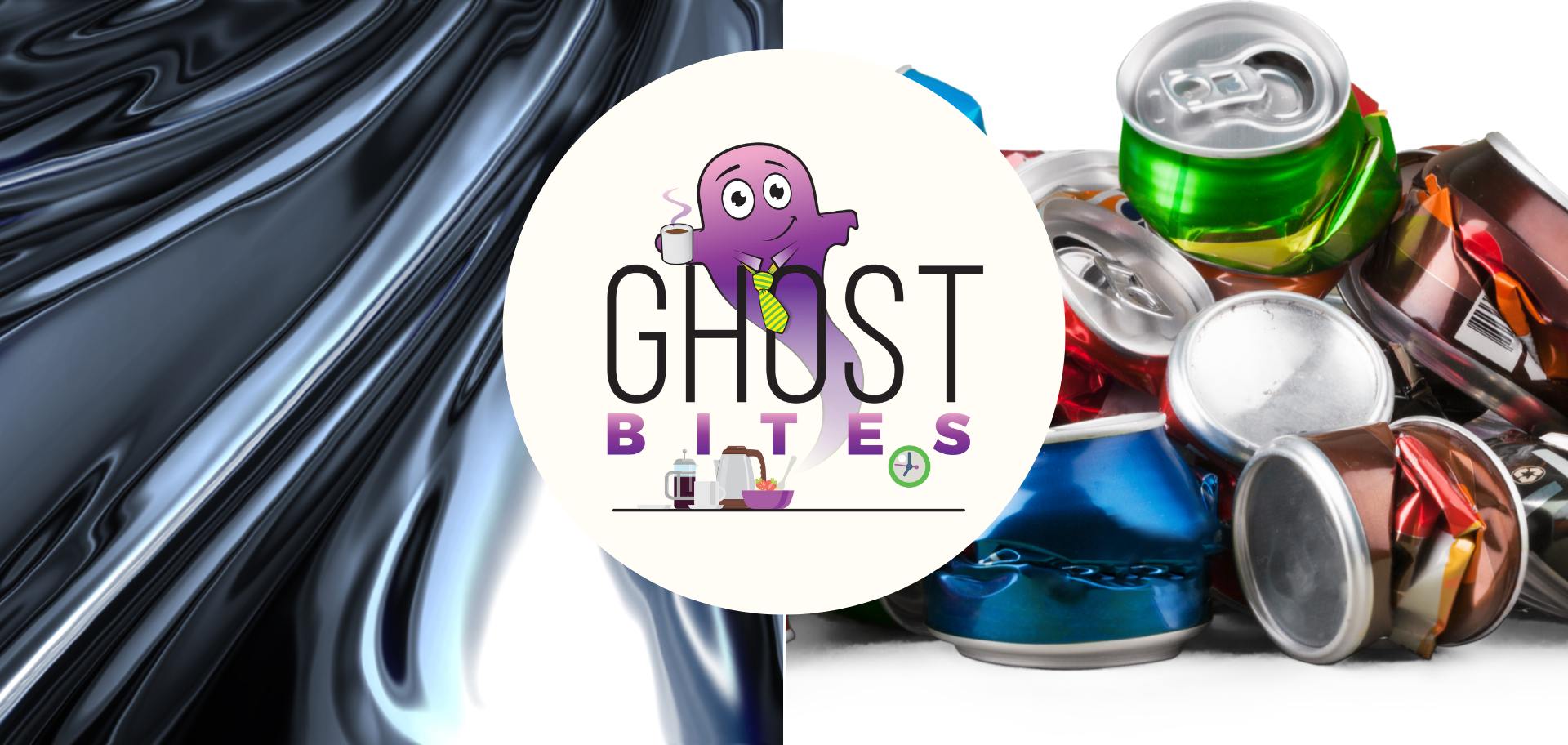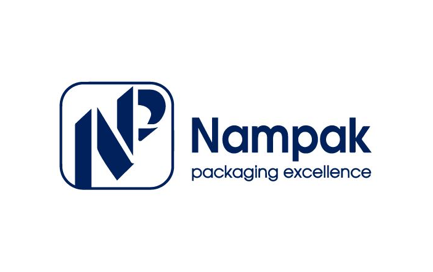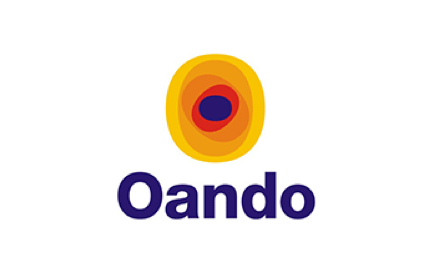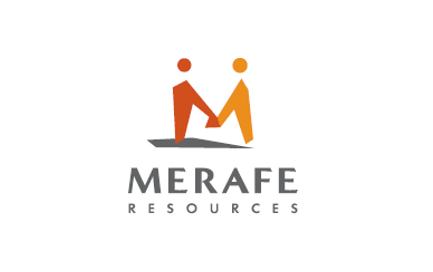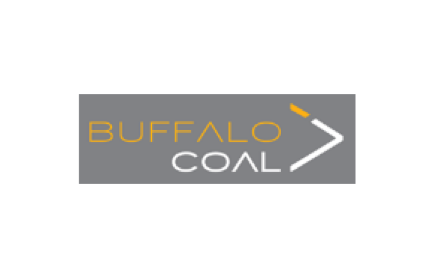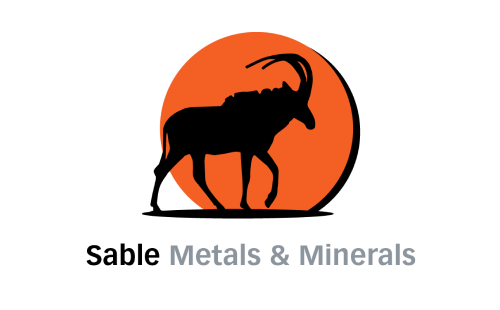Merafe releases a production update
Guess what? Load shedding doesn’t help.
Mining is the toughest game on the planet, yet in some ways the simplest as well. You need to produce a commodity and you need to sell it based on an observable market price. Production is in your control and the pricing isn’t.
It all comes down to operational efficiencies and reliability, something that Eskom really doesn’t assist with. In the quarter ended December, Merafe’s attributable ferrochrome production fell by 5% year-on-year. Despite this, the full-year production number is 1.3% higher than last year.
Merafe’s share price has been on a wild ride over the past year, something that mining investors are only too accustomed to. The 52-week high is R1.96 and the 52-week low is R1.03!
Investing in South African mining will either give you a strong stomach or a heart attack.
What is being packaged at Nampak?
An adjournment of the extraordinary general meeting means that something is brewing
For a clue as to what might be happening at Nampak, we can look back to an announcement on 11 January regarding an acquisition of shares by Peresec, taking them to a holding of 6.12%.
Unless the stockbrokers at Peresec are planning to learn a lot about bottles and cans, I suspect that they are holding those shares for someone else. The obvious candidate is A2 Investment Partners, the activist investment group that enjoys running into a burning corporate building to see if it can be saved.
This is all just speculation, of course.
For now, the official word from Nampak is that a motion will be proposed at the meeting on 18 January to postpone it to 8 March.
Having lost two-thirds of its value in the past year, Nampak’s investment story is broken and so is the balance sheet. There’s clearly a strategic investor poking around the place, so we will have to wait and see what happens.
The share price only closed 2.4% higher on this news.
Omnia exits Umongo
The call option for the remaining 9% has been exercised
There are all kinds of tricks and mechanisms that find their way into deal structures. Call options are a great example. A call option is an agreement that gives the holder the right (but not the obligation) to buy a particular asset at a predetermined price.
This is a nifty thing, which is why the party that writes the option (grants it to the holder) doesn’t do so lightly.
As part of the disposal of 81% in Umongo Petroleum, Omnia granted a call option relating to the remaining 9% that it held in the company. This option has now been executed and Omnia has received R93 million in cash, which the company says is at the top end of the purchase price that was payable. This is because some call options have a price calculation mechanism rather than a set price.
Little Bites:
- Director dealings:
- The company secretary of Investec has sold shares worth R691k
- Buffalo Coal has announced the final discharge of the Investec loan, with a payment of around R32.6 million and a royalty payment of R2.5 million.
- Sable Exploration and Mining has announced a delay in the release of the circular for the PBNJ Trading and Consulting offer. An extension has been granted until the end of January due to delays in receiving approval from the South African Reserve Bank.
- Acsion Limited has renewed the cautionary announcement related to a potential cash offer and delisting of the company.
- In case you are still holding your breath for the release of financial statements by Oando PLC, the company hopes to release its 2020 financials (not a typo) by 28th February. It will take until August for the reporting to be fully caught up (in theory).

